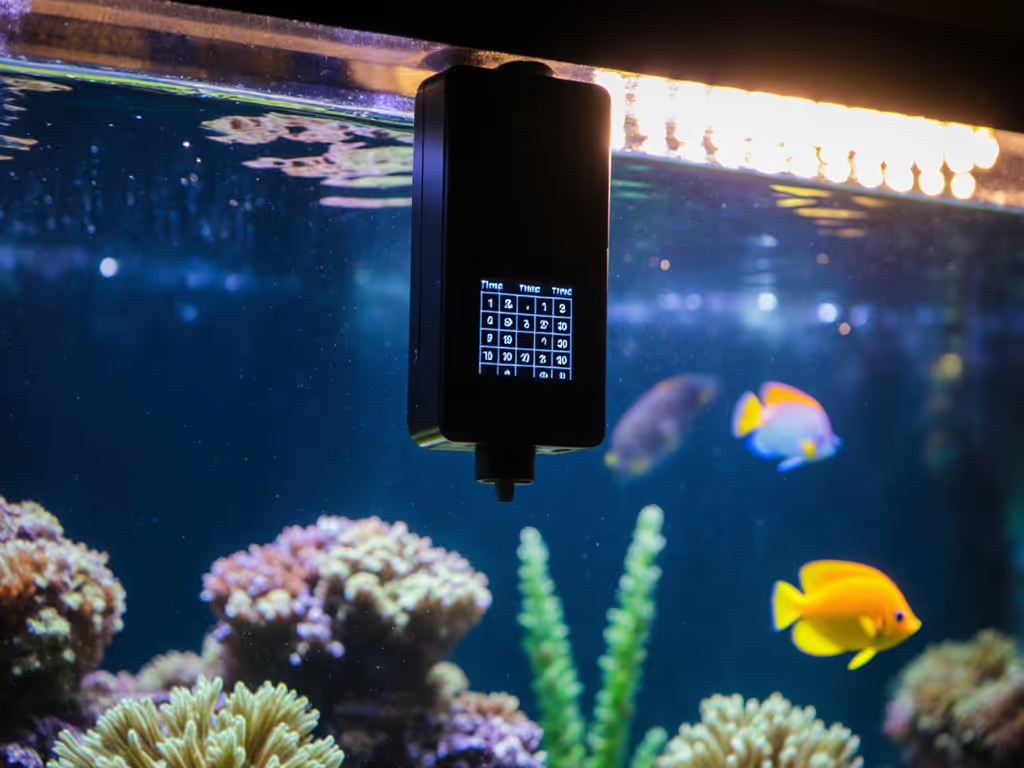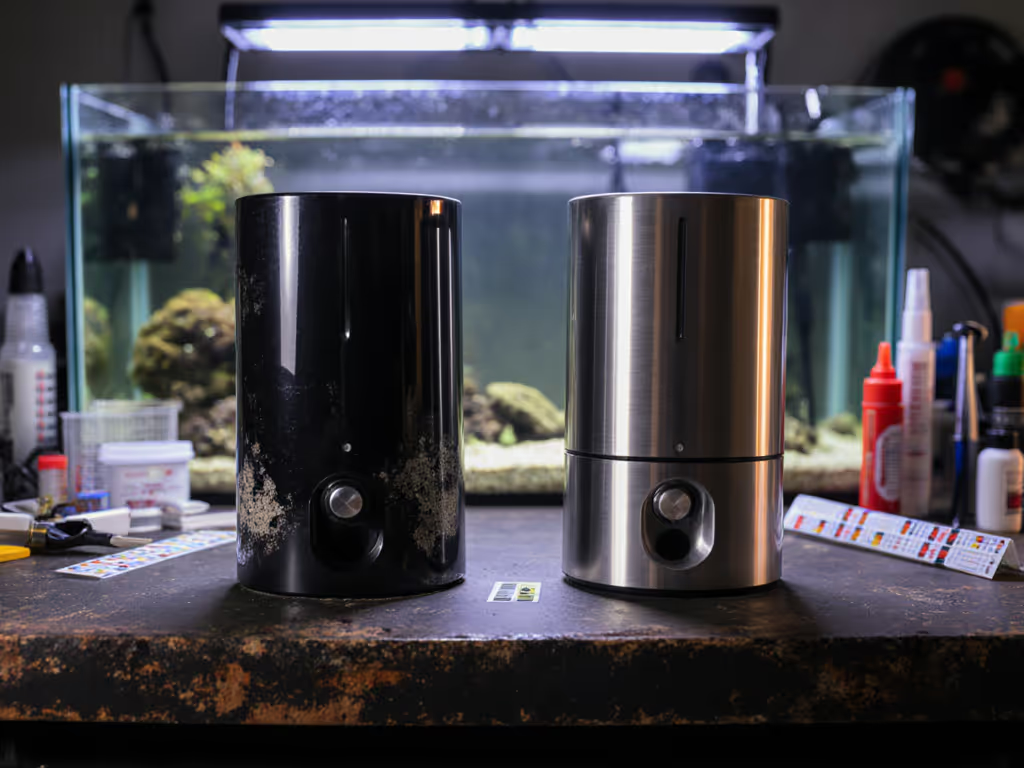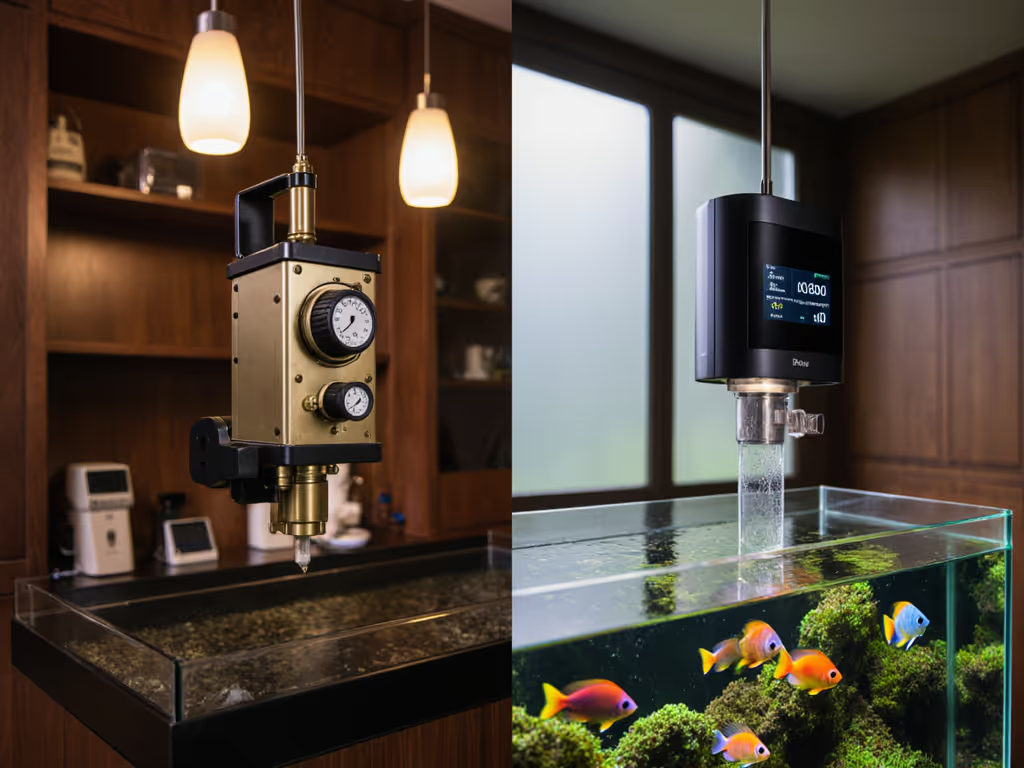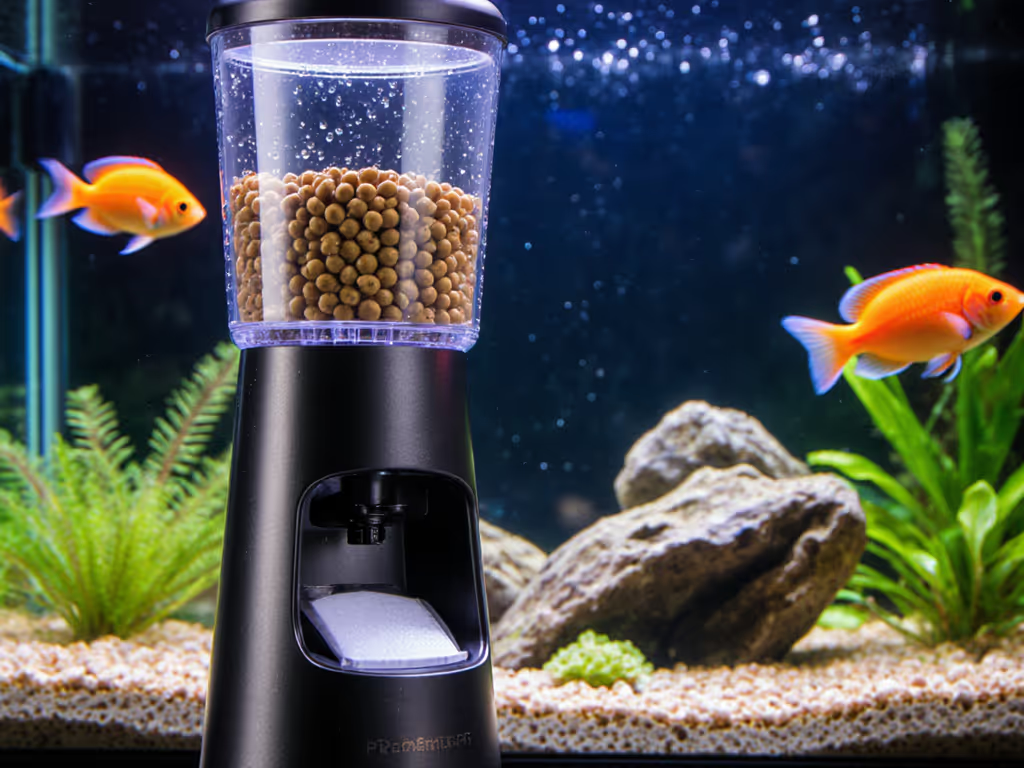
Feeding Ring Guide: Prevent Aquarium Food Waste
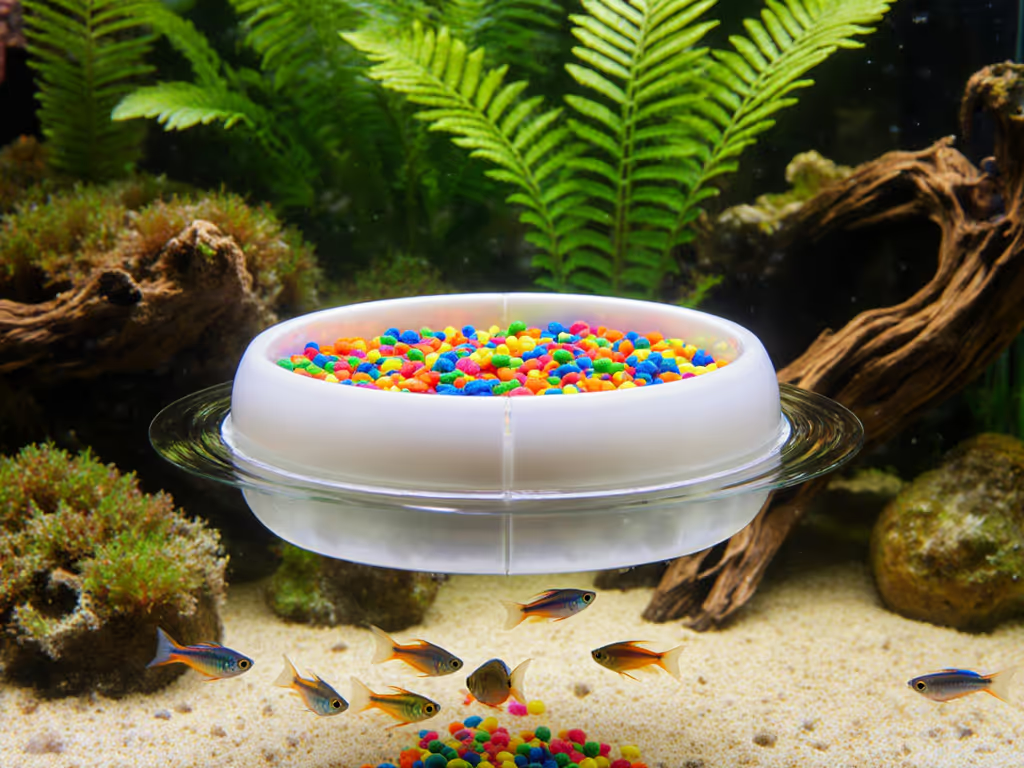
As dedicated aquarists, we're always seeking ways to optimize our routines while keeping our aquatic friends thriving. This feeding ring guide explores how a simple aquarium feeder can transform your feeding experience from stressful to serene, while directly addressing one of the most common pain points we face: food waste that compromises water quality. Far from being just another accessory, a thoughtfully implemented feeding ring becomes part of an observation-led approach that keeps fish healthy and reduces keeper anxiety.
What Exactly Is a Feeding Ring and How Does It Work?
A feeding ring is a floating circular device, typically made of lightweight plastic or other aquarium-safe materials, that creates a contained area on the water's surface for fish food. When properly positioned, it keeps floating foods like flakes and pellets concentrated in one spot rather than scattering across the tank surface.
The mechanics are beautifully simple: you attach the ring to your aquarium glass with a suction cup (or let it float freely in ponds), then add food inside the ring. This creates what I call a "feeding zone" (a consistent location where your fish learn to expect meals). Pair the ring with our zero-stress acclimation protocol so fish quickly associate the spot with mealtime. This localized approach to food delivery optimization transforms feeding from a chaotic event into a structured routine you can observe with purpose.
Observation is your most powerful tool. When food stays in one place, you can actually see how much your fish consume versus what remains (critical information often missed when food drifts unpredictably).
How Does a Feeding Ring Help Prevent Common Overfeeding Issues?
Overfeeding remains one of the top challenges even experienced aquarists face. That moment when you're unsure if you've given enough, then give just "one more pinch" (we've all been there). A feeding ring creates natural boundaries that prevent this common pitfall.
When food concentrates in a defined area, you can precisely measure portions and observe consumption in real-time. To dial in consistent portions, use our feeder calibration setup guide. This visibility helps you answer the question: "Did they finish it?" rather than guessing based on disappearing flakes. If food remains after 2-3 minutes, you've likely given too much. This direct feedback loop supports healthier fish and cleaner water (addressing that painful guilt when you discover wasted food decaying in your tank).
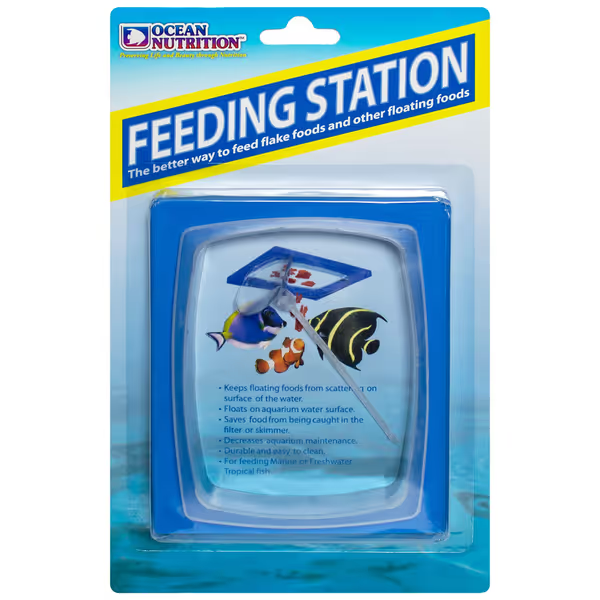
Feeding Station for Fish
Can a Feeding Ring Actually Improve My Water Quality?
Absolutely, and this is where many aquarists experience their "aha" moment. Decomposing food releases ammonia and nitrates (the culprits behind algae blooms and cloudy water). For the biology behind this, see our science-backed feeding and water quality guide. I recently worked with a hobbyist whose tank constantly battled green water despite excellent filtration. We introduced a feeding ring, and within weeks, the water clarity improved dramatically.
This connects to an experience I had with a neighbor's child who cried when cloudy water hid her guppies. She'd loved them too much with flakes, not realizing that restraint becomes care. By using a feeding ring to contain portions and enable proper observation, we restored both clear water and her joyful connection with her fish.
What's the Best Feeding Ring Placement for My Tank?
Feeding ring placement requires strategic observation of your tank's dynamics. Position it away from strong currents created by filters or powerheads that might pull food away before fish can reach it. The ideal spot creates a "calm zone" where food remains accessible.
For community tanks, consider placing the ring near where your most timid fish typically hide, which gives them confidence to approach without being bullied. In larger setups, I sometimes recommend multiple rings for different feeding zones, especially when housing species with varying dietary needs. Start small, observe closely, and let the natural behaviors of your fish guide your placement decisions.
How Can I Use a Feeding Ring to Address Different Dietary Needs in a Community Tank?
This is where the feeding ring shines as a problem-solving tool. Many aquarists struggle with finicky eaters or species-specific nutritional requirements. You can establish multiple feeding zones: one for herbivores with algae wafers, another for carnivores with protein-rich pellets. If you automate these zones, pick dispensers from our best feeders by food type to match pellets, flakes, or wafers.
I worked with one hobbyist who had mollies ignoring specialized food while guppies devoured everything. By using separate rings with different foods, each species learned their designated spot. The mollies finally received proper nutrition, and the guppies stopped bullying them during meals. This approach to prevent food waste creates a more harmonious feeding environment while ensuring each fish gets what they need.
What About Bottom Feeders Who Don't Eat at the Surface?
Great question! While surface-feeding rings won't help bottom dwellers directly, they actually support these fish indirectly. By containing surface food, you prevent excess from drifting down to the substrate where it would decompose and create poor conditions for your plecos or corydoras.
For dedicated bottom-feeding zones, consider a glass feeding dish that sits securely on the substrate. This keeps sinking foods contained where bottom dwellers can access them without the food scattering into hard-to-reach areas. The transparent design lets you monitor consumption and prevent food waste just as effectively as surface rings.
How Do I Incorporate a Feeding Ring Into My Daily Routine?
Begin with consistency. Feed at the same time each day in the same location, your feeding ring becomes the visual cue that "mealtime is here." This predictability reduces stress for both fish and keeper. To go beyond fixed times, program feedings to mimic natural circadian rhythms.
Start with small portions inside the ring. Observe for 2-3 minutes: if food remains, you've given too much. Note this in a simple log (just "1/2 pinch Monday AM"), and adjust accordingly. This mindful approach transforms feeding from a rushed chore into a meaningful connection with your aquatic community.
Remember the core principle that guides my work with new aquarists: Observation-led, simple routines keep fish thriving and reduce keeper stress. A feeding ring creates the conditions for this observation to happen naturally.
Final Thoughts: Beyond the Ring
A feeding ring represents more than hardware, it embodies a shift in perspective from scattered feeding to mindful nourishment. When we contain food, we contain chaos. When we observe consumption, we gain insight. When we prevent waste, we protect water quality.
Start small, observe closely, let the gentle rhythm of your aquarium guide your decisions. The clarity you'll find in your water, and in your relationship with your fish, makes this simple tool worth its weight in gold. As you implement this feeding ring guide, remember that every successful feeding builds trust between you and your aquatic companions.

What feeding challenges have you overcome with simple solutions? I'd love to hear your experiences in the comments below, sometimes the most effective solutions are the most straightforward ones.

